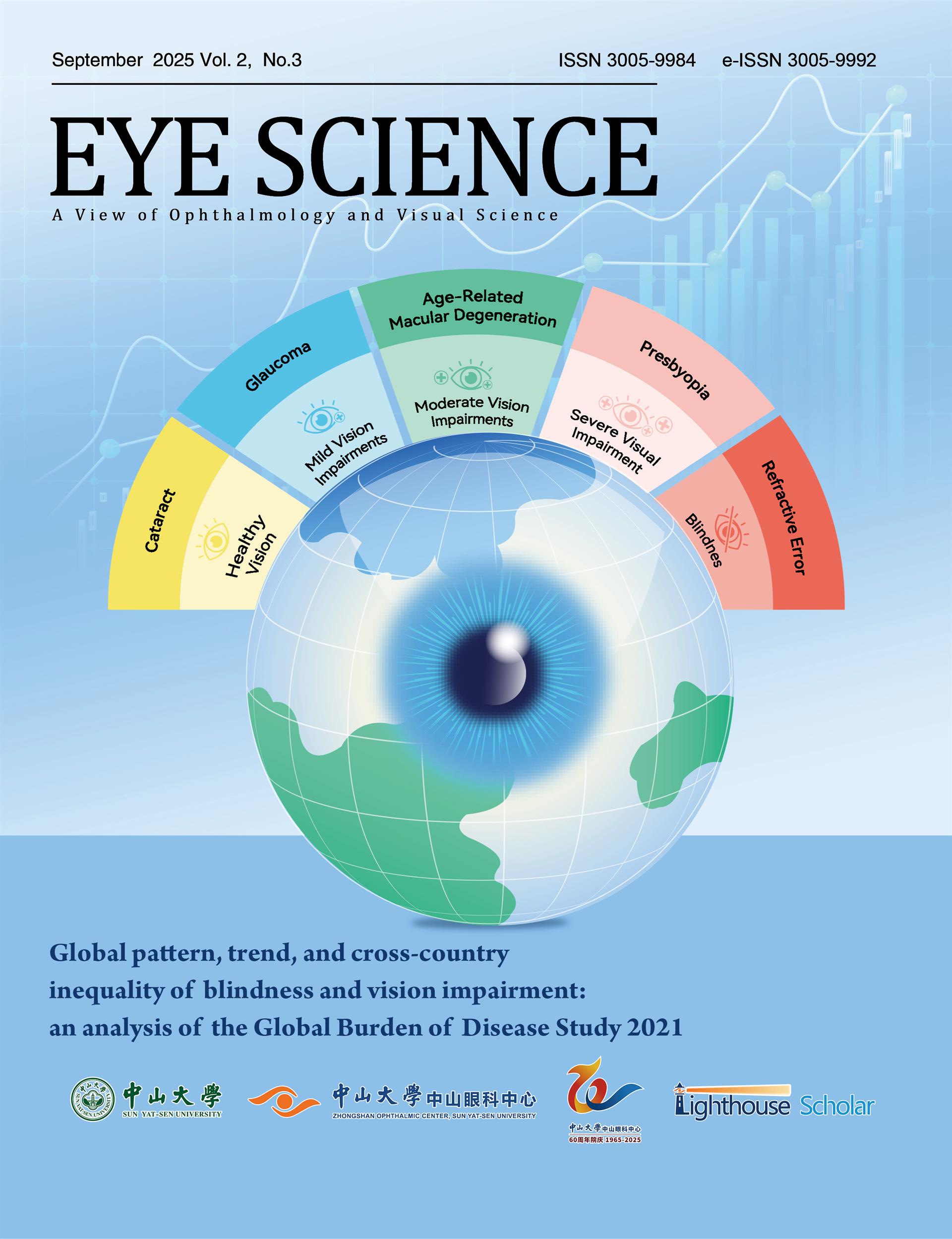The rapid deployment of advanced AI systems, such as DeepSeek-R1, across Chinese hospitals is transforming healthcare administration. A recent cross-sectional survey of 261 hospitals revealed that 93.5% of Chinese provinces had adopted DeepSeek-R1,[1] signaling an unprecedented scale of AI integration. Complementing this trend, innovative projects like Zhongshan Ophthalmic Center’s ChatZOC model[2] and Tsinghua University’s Agent Hospital illustrate the growing application of LLMs in hospital tasks.
This transition from traditional rule-based systems to autonomous AI agents aligns closely with China's broader healthcare reform agenda, which emphasizes hospital inspections, lean economic management in public hospitals, and the development of law-based governance frameworks. These reforms prioritize continuous "Plan-Do-Check-Act" cycles — an area where AI agents are uniquely positioned to drive optimization and efficiency.
While the adoption of clinical AI applications remain cautious — owing to safety and regulatory concerns, as highlighted by a recent JAMA perspective warning that rapid deployment may be "too fast, too soon"[3] — AI agents are demonstrating benefits in administrative domains. Applications in internal control, auditing, financial management, and procurement are showing the potential of AI to revolutionize hospital operations.
Administrative environments are particularly well-suited for AI agent deployment for two key reasons. First, administrative environments provide well-defined, rule-based contexts where AI performance can be reliably evaluated against established benchmarks and regulatory requirements. Unlike clinical decision-making, which involves complex patient interactions and potential safety risks, administrative processes rely on structured data inputs, standardized procedures, and measurable outcomes. This creates an ideal testing ground for AI capabilities while maintaining operational safety.
Second, modern AI has evolved beyond basic automation and now includes advanced agents capable of autonomous decision-making, contextual memory, and self-learning. These AI systems function as parallel collaborators alongside human staff and, in some cases, directly replace human roles in areas such as auditing, financial management, and low-value procurement.
Although high-quality clinical studies specifically quantifying AI's impact on hospital administration remain limited, early empirical and operational evidence shows promise. AI-enabled systems have demonstrated the ability to reduce manual review requirements and shorten administrative cycle times. However, most published data derive from simulation studies or theoretical models rather than large-scale, real-world deployments.
A notable example is the deployment of GPT4DFCI at Dana-Farber Cancer Institute (DFCI), where the AI system was rolled out to 12,500 staff members.[4] Its primary applications focused on operations and research, with some clinical care applications. Most users utilized GPT4DFCI for information extraction and knowledge retrieval. The reported benefits included increased efficiency in document summarization, information extraction, and administrative communication.
However, significant concerns emerged from the deployment. 65% of respondents expressed concerns about inaccurate or misleading output, while 51% identified ethics and policy compliance as major issues. Additionally, cost represented a potential barrier to widespread adoption.[4]
The deployment of GPT4DFCI highlights several challenges. Autonomous decision-making by AI agents raises critical accountability questions, particularly as healthcare regulations typically lag behind rapid technological advancement. Therefore, it is essential to position AI as an assistive tool rather than an independent decision-maker, especially in sensitive administrative contexts.
Workforce displacement concerns represent another significant challenge, as automation of administrative tasks may generate employee anxiety. This necessitates proactive change management and reskilling initiatives. Encouragingly, core human competencies—including strategic planning, complex problem-solving, relationship management, and creative thinking—remain irreplaceable by AI agents.
Inaccurate or biased outputs constitute a third major concern, as such issues can erode trust and undermine regulatory compliance. Mitigating these risks requires continuous monitoring, bias detection protocols, and robust ethical guardrails to prevent misuse and ensure responsible deployment.
To get the most out of AI in hospital administration, it’s worth focusing on a few key steps: 1) Deploy AI systems on private networks to ensure data security, maintain operational control, and improve cost efficiency. Local deployment helps address privacy concerns and minimizes the risk of data leakage; 2) Integrate AI seamlessly with existing hospital systems, including electronic health records, financial platforms, and procurement databases. Achieving this requires robust data architecture, stringent security protocols, and interoperable system; 3) Establish a cross-functional AI governance committee with expertise in research, operations, legal, privacy, security, and bioethics. This group should oversee data management, maintain audit trails, and define clear usage boundaries for AI applications; 4) Implement ethical guardrails, such as ongoing bias monitoring and compliance checks, to detect and prevent misuse or rule violations. Continuous vigilance is essential, especially in sensitive administrative domains.
Using AI in hospital administration does more than streamline operations—it lays the groundwork for future medical applications by building the tech foundation, expertise, and preparedness needed.
Correction notice
None
Acknowledgements
None
Author Contributions
(I) Conception and design: Yingfeng Zheng
(II) Administrative support: None
(III) Provision of study materials or patients: None
(IV) Collection and assembly of data: None
(V) Data analysis and interpretation: None
(VI) Manuscript writing: Yingfeng Zheng
(VII) Final approval of manuscript: Yingfeng Zheng
Funding
None
Conflict of Interests
None of the author has any conflicts of interest to disclose. The author has declared in the completed the ICMJE uniform disclosure form.
Patient consent for publication
None
Ethics approval and consent to participate
None
Data availability statement
None
Open access
This is an Open Access article distributed in accordance with the Creative Commons AttributionNonCommercial-NoDerivs 4.0 International License (CC BY-NC-ND 4.0), which permits the non-commercial replication and distribution of the article with the strict proviso that no changes or edits are made and the original work is properly cited (including links to both the formal publication through the relevant DOI and the license).


























